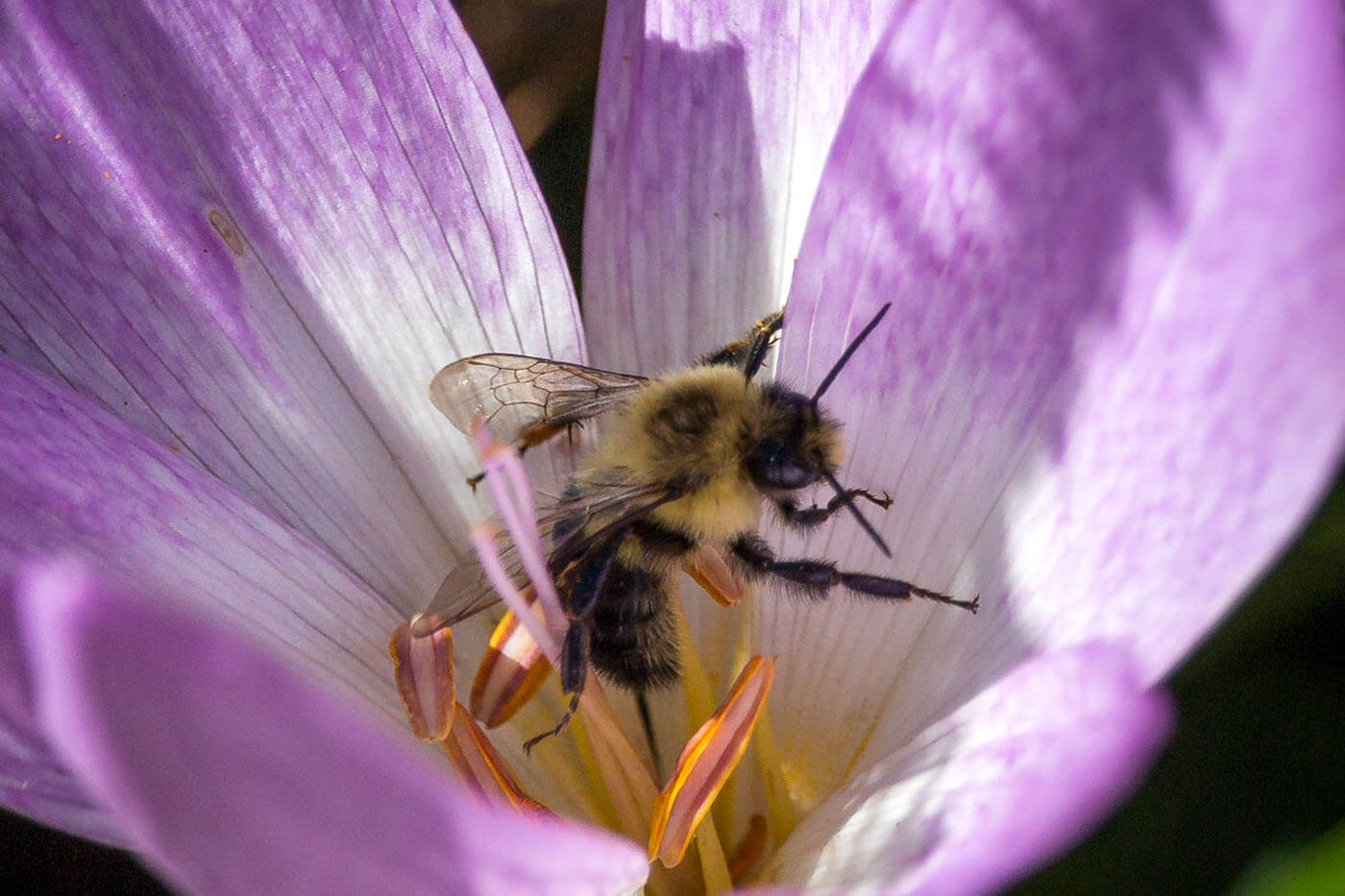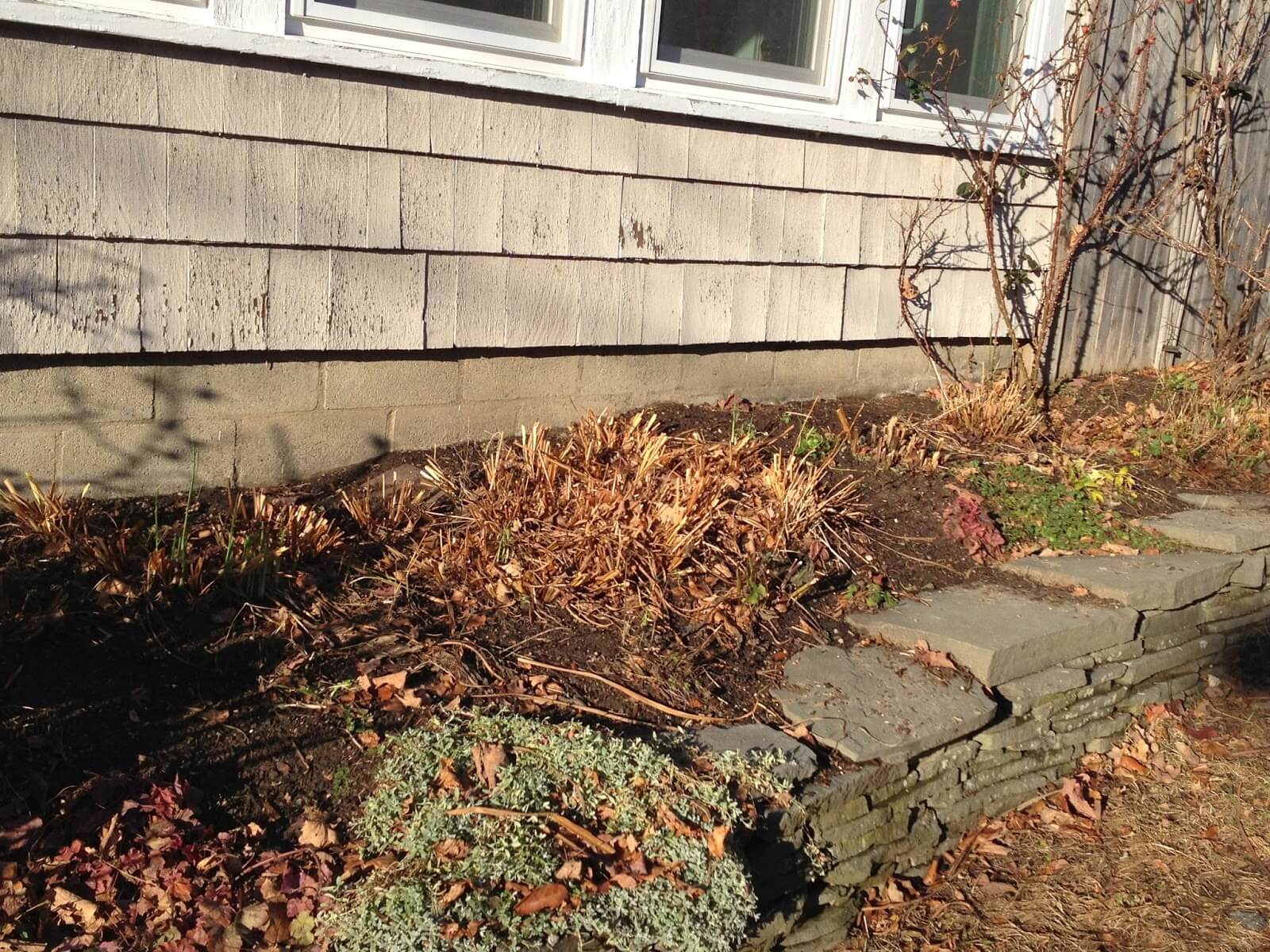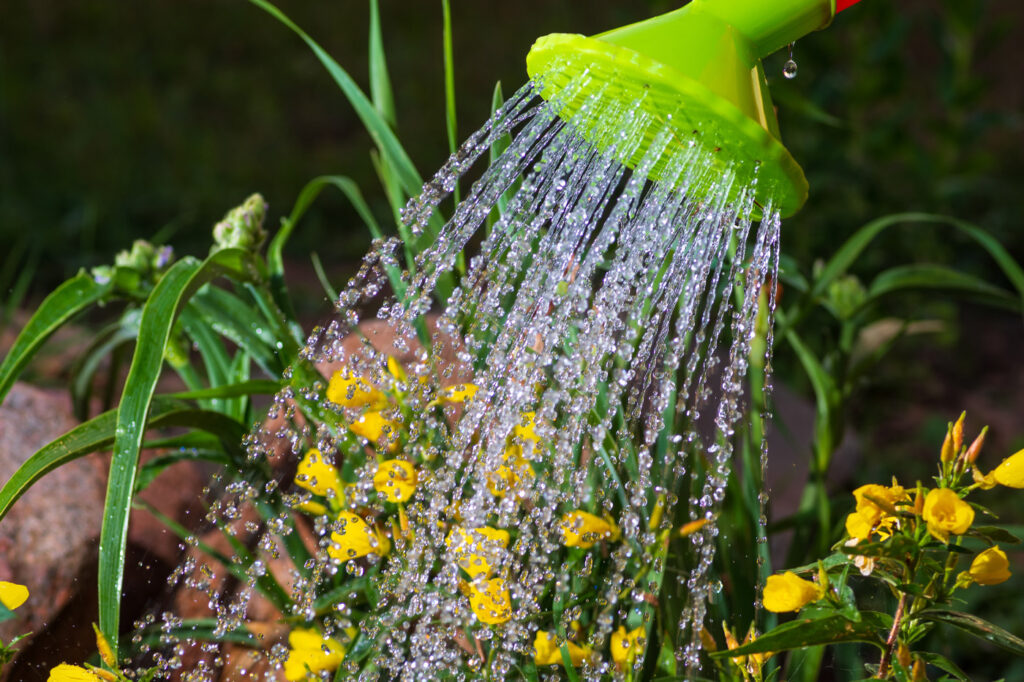The Basics
April excites the eager gardener in everyone. We want to get outside to cut back perennials, prune shrubs, and enjoy the sunshine. Here are a few essential tips for opening your flower gardens this spring.
Tip One: Understand your soil
Don’t rush into gardening in the spring. It’s important to wait until the soil is warm and dry. Working in a cold, wet garden can cause soil compaction, which is harmful to your plants. When you walk on cold, damp soil, you crush the pore spaces—the tiny air pockets between soil particles. This crushing can lead to compaction and poor drainage. As a result, when it rains or when you water your garden, the water may run off instead of soaking into the soil.
Tip Two: Clean out winter debris
As spring begins and bulbs start to emerge, it’s time to clean up debris from your flower gardens. This involves removing any flattened leaves, leftover perennial stems, and ornamental grass blades from the previous year. It’s important to keep in mind that many beneficial insects, including tiny native bees and predators, often spend the winter sheltered in hollow plant stems as adults or pupae. Cutting down dead plant stems too early in the spring can disturb these insects before they have a chance to emerge.

I use my hand, wearing a glove, to rake matted leaves from my gardens instead of using a traditional garden rake. This method allows me to remove debris while preserving as much garden mulch as possible, saving me money on mulch replacement.
To cut back perennial stems, use sharp pruners. Sharp hedge clippers are suitable for ornamental grasses. It’s important not to cut plants back to the ground or into the crown. Trim perennials to a height of about three to four inches above the ground. Taller perennials can be left 18 inches high to provide support for emerging plant stems. In contrast, ornamental grasses should be cut to a height of eight to ten inches, which is sufficient for healthy growth.


Tip Three: Tidy up shrubs
Most flowering shrubs need a thorough cleanup in spring rather than a complete pruning. If your shrubs have been planted for less than three years, this spring cleaning process is quite simple. Here’s what you can do:
- Remove any broken branches or stems with sharp pruners.
- Remove any dead (last season’s) blooms.
- Remember, if your shrubs bloom in the spring, it is not the time to prune (April, May or June). Prune spring flowering shrubs after they bloom. Spring-blooming shrubs set flower buds in the fall. Spring pruning will remove or damage new flowers. Here is a short list of shrubs that flower in spring.
- Forsythia
- Lilac
- Ninebark
- Serviceberry
- Deutzia
- Weigela
- Shrubs that bloom in the summer (July, August, and September) are safe to prune in the spring, as they set flower buds in the early spring and summer. Here’s a short list of summer-blooming shrubs.
- Hydrangea
- Summer Spirea
- Potentilla
- Rose of Sharon
- Summersweet
If you’re not sure of what or how to tidy your shrubs, shoot me an email.
Tip Four: Weed, weed, and weed
Garden weeds that sprout in the spring are a cinch to remove, thanks to their shallow roots. You can effortlessly pull out small weeds by hand or use an old table fork (which surprisingly works like a charm) to extract them. For a more systematic approach, a sharp hoe can be used to slice the unwanted plant just below the soil line, causing them to wither and perish. When dealing with larger, more established weeds, a shovel might be necessary to dig them out at their roots. Remember, for smaller weed removal, the soil should be slightly damp for optimal results. However, when using a garden hoe or shovel, it’s best to wait until the soil is warm and the gardens are dry. “Weeds are nature’s graffiti.” ~ J.L.W. Brooks
Tip Five: Feed your plants and water well
Trees, shrubs, perennials, and ornamental grasses require nutrients to thrive and produce beautiful blooms, strong stems, and lush leaves. Late May is an ideal time to apply a balanced granular fertilizer, such as a 15-15-15 formula, to all your plants. There’s no need to buy separate fertilizers for each type of plant in your yard; a single balanced fertilizer will suffice.
When applying fertilizer, you can side-dress around the root zone of perennials, using just a couple of tablespoons of fertilizer. For larger, mature trees, it’s best to spread about two to three cups of fertilizer around their root zone. Be careful not to let the fertilizer granules accumulate in the crowns of the plants, as this can cause burning. After applying the fertilizer, make sure to water it thoroughly.

Tip Six: Mulch has a job
Mulching is beneficial for several reasons. It helps retain soil moisture by creating a protective layer that shields the soil from the sun and drying winds. Additionally, mulching keeps the soil cool, which prevents crusting and reduces leaching. It also inhibits the growth of weed seeds.
Using natural organic mulches contributes to the soil’s health, as organisms like earthworms break them down, adding humus to the soil. This organic matter helps improve soil structure. Overall, mulching is a great practice that not only enhances the health of your garden but also gives flowering gardens a polished, finished appearance.
Moving or fluffing your mulch in the spring is important for your garden. In winter, mulch can become compressed under the weight of snow and ice, resulting in a hard, crusty surface. Fluffing the mulch in spring helps break up this crust, allowing water to penetrate to the soil. If you don’t break up the crust, water may run off the mulch, leaving your plants thirsty. After fluffing, you might notice areas where the mulch is sparse or missing. This is a great time to top-up your garden mulch.
Take advantage of the beautiful spring weather by spending time in your garden.
Lexi Dearborn
The Gabby Gardener

2 Comments
Thanks Lexi, I love these tips. I just usually do my own thing so it is great that you have given us the tools to help our gardens flourish!
Great tips as always Lexi! Here’s to wonderful gardens!